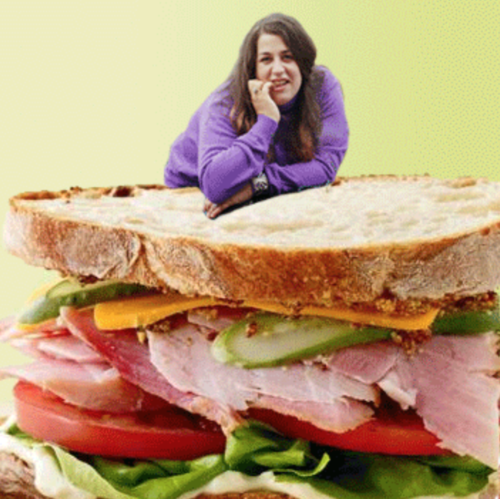In a series called Mondo Bullshittio, let’s talk about some of the most glaring hypocrisies in pop culture… and all that it affects.
Now officially to be counted among the most tragic pieces of “lore” a.k.a. misinformation passed along throughout the decades is how Mama Cass died. For too long, the accepted report has been the more lurid idea that she choked on a ham sandwich while alone in her room. The sad fat girl who had to eat her feelings until doing so took her last breath. That Mama Cass, transforming into her solo self in the mid-70s as Cass Elliot, was the OG of being body shamed by Hollywood and the music industry (long before Adele came along, and then lost weight–only to be criticized for that as well) speaks further to the extent of the schadenfreude derived by the media and the public from making fun of her for her shape.
Upon her death at the age of thirty-two on July 29, 1974, roughly two months before her “Jesus birthday,” Elliot was in London performing a number of nights at The Palladium. Staying at the flat “loaned” to her by Harry Nilsson at 9 Curzon Place in Mayfair, Elliot died that night of a heart attack (in the same flat, eerily, that Keith Moon would also die in–of a drug overdose four years later at the same age). The doctor who initially examined her was the one to repeat his speculation to the always vicious, piranha-like UK press about choking on a sandwich found in the room. The unsubstantiated claim was the one that transferred across the Atlantic and throughout the world for years to come. For as long and as many times as this account has been discredited, the urban legend continues to persist.
Back in L.A. that July, Sue Cameron would corroborate the story for The Hollywood Reporter at the encouragement of Elliot’s manager, despite no results of an autopsy yet revealed, and the sandwich that would become as legendary as Elliot herself being uneaten. When the autopsy finally did come back with no sign of drugs in her system or anything caught in her windpipe, it was already too late–the damage had been done. Yet, to Elliot’s manager, it seemed it would have been more detrimental for the public to think it was a heart attack–fueling the speculation about her drug use and the effects of her frequent crash diets.
The fact that Elliot was made to be the punchline of yet another cruel weight joke even in death spoke to just how rampant the cacomorphobia of the era was. At a time when the ideal of 1960s-era Barbie, with her thin perfection and smug resting bitch face reigned supreme, Elliot was totally against the norm of the “expected” body type and personality for women. Although she projected a jocular front about her weight in order to cope with the intense scrutiny and ridicule, Elliot of course felt the pressure caving in on her to look a certain way at all times. Particularly since her fellow bandmate, Michelle Phillips, was viewed as “the pretty one”–the model turned singer who was the California beauty to match with a song like “California Dreamin’.” And then there Cass was, bumbling and blobby in the eyes of the media that had grown accustomed to only thin, attractive women being “allowed” fame. Despite Cass’ own talent, she was seen as someone undeserving of her career solely because her body type went against the grain, just another way in which she paved the path for subsequent females in the music industry to go their own way (as Fleetwood Mac would put it).
For her death to be repackaged into a joke for no viable reason whatsoever seems to authenticate the heightened inhumanity women in the music business (and in general) are treated with. While the myth may have been dismantled once and for all with the subject brought again to light upon the anniversary of her demise, the harm it did in terms of holding up the female physique and according struggles with eating habits as tabloid fodder remains an unconscionable example of the male-driven entitlement to treating women’s bodies as public property to be picked apart and dissected for sport.






















